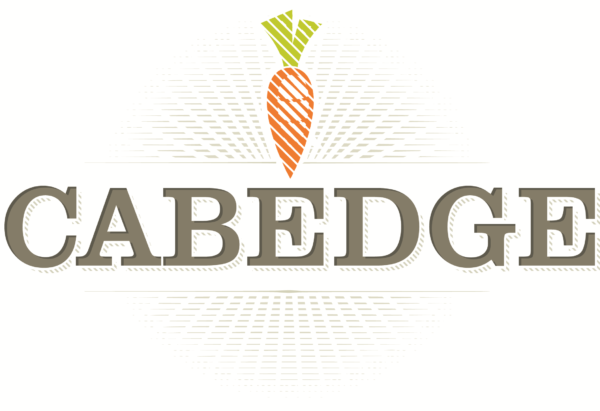Search Engine Optimization 101
You’ve heard of it, you’ve seen it around the web, but you’re not 100 percent sure you really understand what Search Engine Optimization (SEO) is and what it does for your organization’s online presence. Cabedge is here to help. As a dedicated web design and marketing agency, Cabedge knows a thing or two when it comes to SEO. We help organizations every day improve their web presence, which includes search engine ranking and SEO.
What is SEO?
SEO stands for Search Engine Optimization, which put simply, means to improve the ranking of a website in search engine results, in turn increasing potential visitors to that site. SEO helps organizations get traffic to their websites through free, organic channels, like Google search results.
How Can You Improve Your SEO
There are tons of ways to improve your SEO. Some are more acceptable than others.
White Hat SEO
White Hat SEO utilizes SEO techniques that focus on engaging a real human audience rather than tricking a search engine. That means a little more work may be involved with these tactics on the front-end, but that work pays off since it guarantees real engagement with your content now and in the future. Here are some of the ways you can engage in White Hat SEO:
- Create quality content: The first step to getting people to your website is to create quality content. It may be frustrating to hear, but if consumers enjoy what you are putting out onto the Internet, they are sure to check it out and share with others.
- Ensure your site has a good user experience: Just like creating quality content is essential for page rankings, it’s important for the experience a user has on your website to be of a higher quality. This means pages load swiftly, it’s easy to search for information, and the navigation is user friendly.
- Make sure your site is mobile friendly: Google is set to launch it’s mobile-first index sometime in 2018, so it’s more important now than ever to have a good, mobile friendly site for consumers to use on the go.
- Utilize keywords and meta tags: To help search engines crawl your site, you should be using keywords and meta tags. Keywords are the words that define your topic and users will search to find your content. Typically, a user can find keywords throughout your published content. Meta tags, on the other hand, are not visible to users and are only displayed in the code of your website. Like keywords, they are related to the content on your page and help its SEO.
- Design an easily navigable site: Having a site that is easy to navigate is great for user experience, but it also ensures that bots can easily crawl your website to improve your SEO. When a bot crawls your website, it is following links to make an index of your site. The easier it is to crawl, the better your SEO.
- Earning quality links: A great way for a search engine to see that your website is a trusted source of information is to earn links from other people on the Internet. The more links you have from outside sources, the better trusted your website will be. Link earning can be a form of Black Hat SEO, so you have to be careful when earning your links. Do it the right way, and you’re website is sure to succeed.
Black Hat SEO
Black Hat SEO strategies are frowned upon for violating search engines’ terms of service. These practices are not approved of and could result in your website being banned from certain search engines. Black Hat SEO tactics involve:
- Hidden Text or Links: Like we mentioned above, getting other websites to link to your content is essential for good SEO. But if you do it the wrong way by hiding text or links on yours or others websites through the code, systems can actually track this now, which may lead to negative SEO.
- Keyword Stuffing: Keyword stuffing is exactly what it sounds like — jamming so many keywords into the text of a page that it ranks highly, but comes at the cost of a valuable user experience.
- Cloaking: Cloaking is the method of displaying different information to search engine crawlers than to users to ensure better indexing. This can look like a page of text crammed with keywords to a search engine while it appears like a normal page to general users. In general, this is a frowned upon practice because it is dishonest.
- Link Manipulation: There are a variety of ways a user can manipulate links to fools users and search engines. Purposefully hiding a deceptive URL in display copy, purchasing misspelled variations of popular URLs, and openly redirecting users to phishing scams are all ways of manipulating links that violate search engines’ terms of service.
This was just a basic overview of SEO and some tactics that can be used to improve your SEO now and in the future. For a comprehensive overview of SEO, check out Moz or Wordstream for further resources.
If you need help developing an SEO strategy, reach out to Cabedge. With experience in web design, SEO and content creation, Cabedge is sure to be able to help you achieve your goals.













Leave a Reply
Want to join the discussion?Feel free to contribute!